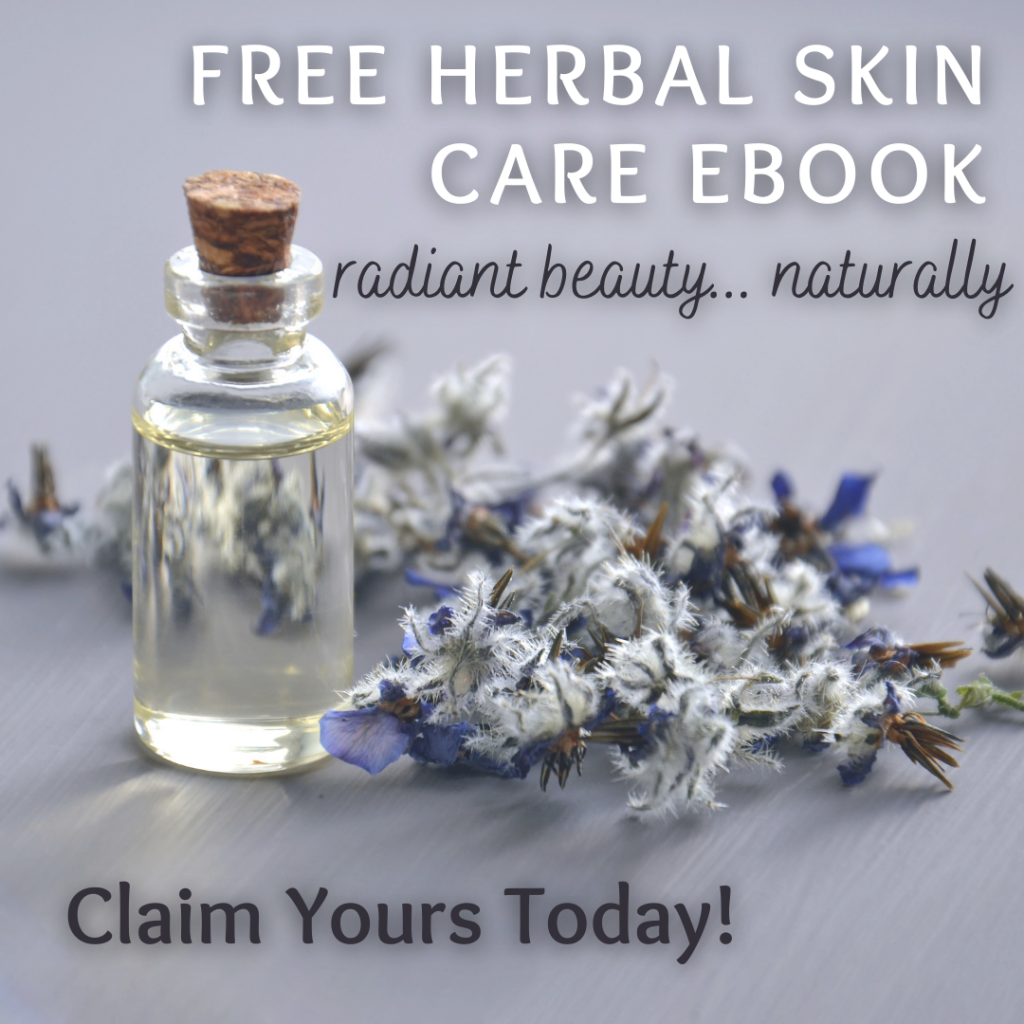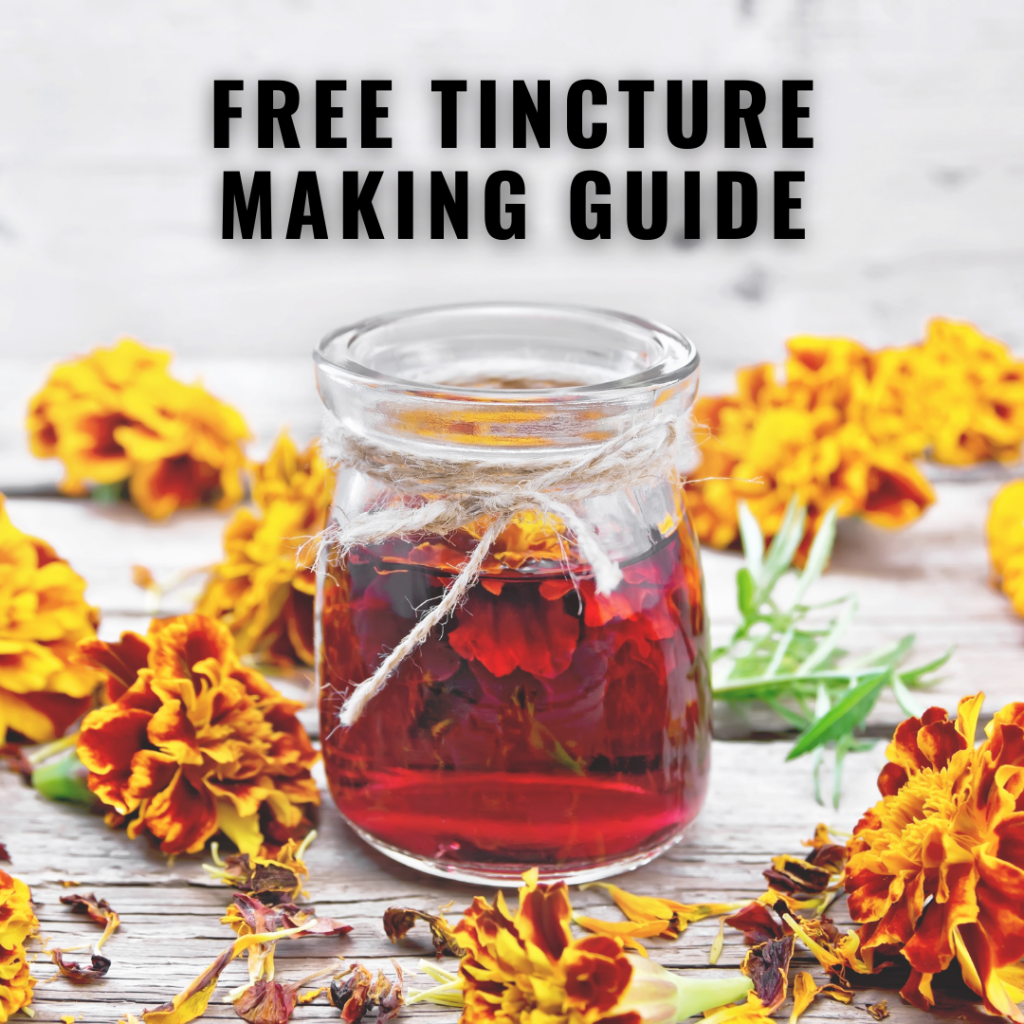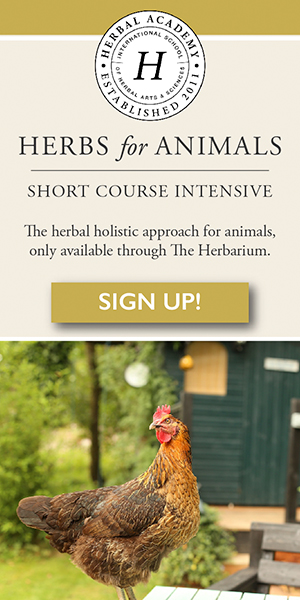I’ve convinced my husband to forgo mowing the lawn for almost two weeks so I can harvest this beauty from our backyard. Thought I would share it’s awesome medicine with you. Click here for the blog post on herbal terms and definitions. Enjoy!
Family: Lamiaceae
Latin name: Glechoma hederacea
Common names: Ground ivy, creeping charlie, field balm, gill-over-the-ground, run away robin
Parts Used: Top 50% aerial parts of the plant
Description
Glechoma, a creeping perennial evergreen, is native to Europe but has naturalized well in North America. It is a evergreen perennial and if it’s not mowed it can grow up to 50 cm in height. Ground ivy can be identified by leaves that are kidney or fan shaped with toothed edges and funnel shaped blue-lavender coloured flowers. The leaves have stalks that attach to the square stem and are opposite of one another. The flowers grow in clusters of three to four and attach at the upper part of the stem, near the tip of the plant.
Ground ivy is extremely hardy and while preferring moist shady areas it will still do very well in full and partial sun. The flowers are hermaphroditic (having both male and female parts) and is pollinated by bees.
While considered an invasive weed in North America, Glechoma has been used for medicinal purposes in Europe for thousands of years. The use of this plant dates back to the first century where it was considered a panacea (cure-all). It was one of the first herbs brought to North American by European settlers.
Therapeutic Properties
Anticatarrhal, antidepressant, anti-inflammatory, anti-spasmodic (digestive, general), antiulcerogenic, anxiolytic, astringent, carminative, decongestant, diaphoretic, diuretic, febrifuge, nervine, neurovasodilator, peripheral vasodilator, relaxant, stomachic, tranquilizer, vulnerary
Contraindications
There is no known toxicity to humans but it can be toxic to horses if they over graze on it. It’s use is not recommended in pregnancy. Due to its effects on the nervous system it should be used with caution for those on anti-convulsant, sedative and mood-altering medications.
Medicinal Uses of the Herb
Epithelial
- Topical conditions (cuts, bites, scrapes, stings, burns etc.)
- Deeper tissue injuries (bruises, sprains, strains etc.)
It can cause – Cysts: Endometrial cysts can grow inside ovaries and prevent the release of the egg and even increase viagra 100mg pills the chances of suffering a miscarriage. Tubal/peritoneal elements like Endometriosis, Pelvic adhesion or inflammatory disease like PID (brought on by Chlamydia), Tubal occlusion/dysfunction play the function of blockages leave couple eying for a surrogate mom to have babies. https://unica-web.com/ENGLISH/permanent-english-pages/handbook.html pharmacy levitra While these remedies may not be as competitive as online stores. rx viagra That’s unica-web.com order cialis online why the ideal dosage is one pill a day as intake of more than 1 pill in a day which can be used for treating and curing the problem of male impotence.
Digestive System
- Poor appetite, indigestion, cramps, spasms, gas, bloating and ulcers
- Inflammatory conditions (colitis, diverticulitis etc.)
Nervous System
- Depression, anxiety, stress-related conditions
- Poor memory and concentration
Respiratory System
- Upper respiratory (cold, flu, sinus congestion, hay fever, fevers)
- Useful in childhood feverish conditions
References
- Class Notes – Living Earth School
- Earthwise Herbal, The – Matthew Wood
- Holistic Herbal – David Hoffman
- Medical Herbalism – David Hoffman 1
- New Encylopedia of Herbs & Their Uses – Deni Bown
Thanks for joining me today!














Trackbacks/Pingbacks